💡 What Most People Don’t Know About HSAs (But Should)
Most people think of Health Savings Accounts (HSAs) as just a place to stash cash for doctor visits. But here’s what many financial advisors won’t tell you: HSAs can be one of the most powerful, tax-advantaged tools for building long-term wealth.
As both a pharmacist and a Certified Financial Planner® professional, I’ve seen firsthand how this often-overlooked account can transform not only your healthcare planning, but also your retirement strategy.
In this post, I’ll break down the three major advantages of HSAs and how you can make the most of them.
✅ 1. Tax-Deductible Contributions
HSA contributions reduce your taxable income immediately. For example, in 2025, a family can contribute up to $8,550 to their HSA. If you’re in the 24% tax bracket, that’s $2,124 in tax deductible savings.
💡 Pro Tip: If your single without kids, the contribution limit in 2025 is $4,300. Plus, if you are age 55 or older, you can contribute an extra $1,000, to make those contribution limits $9,550 and $5,300, respectively.
🧾 2. Reimburse Yourself Later for Medical Expenses
Here’s a strategy most people completely miss:
You can reimburse yourself from your HSA for qualified medical expenses from any time after the account was opened. There’s no deadline.
That means you can:
- Pay out of pocket for a $3,000 medical bill today.
- Let your HSA balance grow for 20+ years, invested.
- Then, in retirement, withdraw $3,000 tax-free using those original receipts.
🧠 Think of it as a tax-free retirement reimbursement strategy, a benefit you won’t find in traditional IRAs or 401(k)s.
📈 3. Invest Your HSA Balance for Long-Term Growth
Most people leave their HSA sitting in cash, which could be a big mistake. Once you’ve saved enough to cover your deductible in cash, you should consider investing the rest. Of course this depends on your health condition and other variables.
If you start at age 35 and max out your contributions annually, your HSA could grow to over $400,000 by age 65 (assuming a 7% average annual return). And yes, that growth is tax-free when used for qualified healthcare costs.
🛠️ Action Steps You Can Take Today
- Open an HSA if you’re eligible (you need to be enrolled in a high-deductible health plan).
- Save all your medical receipts. Scan them and store them digitally.
- Set up automatic investing for your HSA balance beyond your deductible.
🧭 Final Thoughts
Don’t let your HSA sit idle. When used strategically, it’s more than just a savings account, it’s a powerful retirement planning tool that bridges your health and your wealth.
If you’re serious about optimizing your healthcare expenses and building long-term financial security, the HSA should be part of your plan, if you are eligible to contribute.
This post is for informational purposes only and does not constitute personalized financial or medical advice. Consult an advisor, or do your own due diligence, before implementing any strategy that could have a significant impact on your financial situation.

